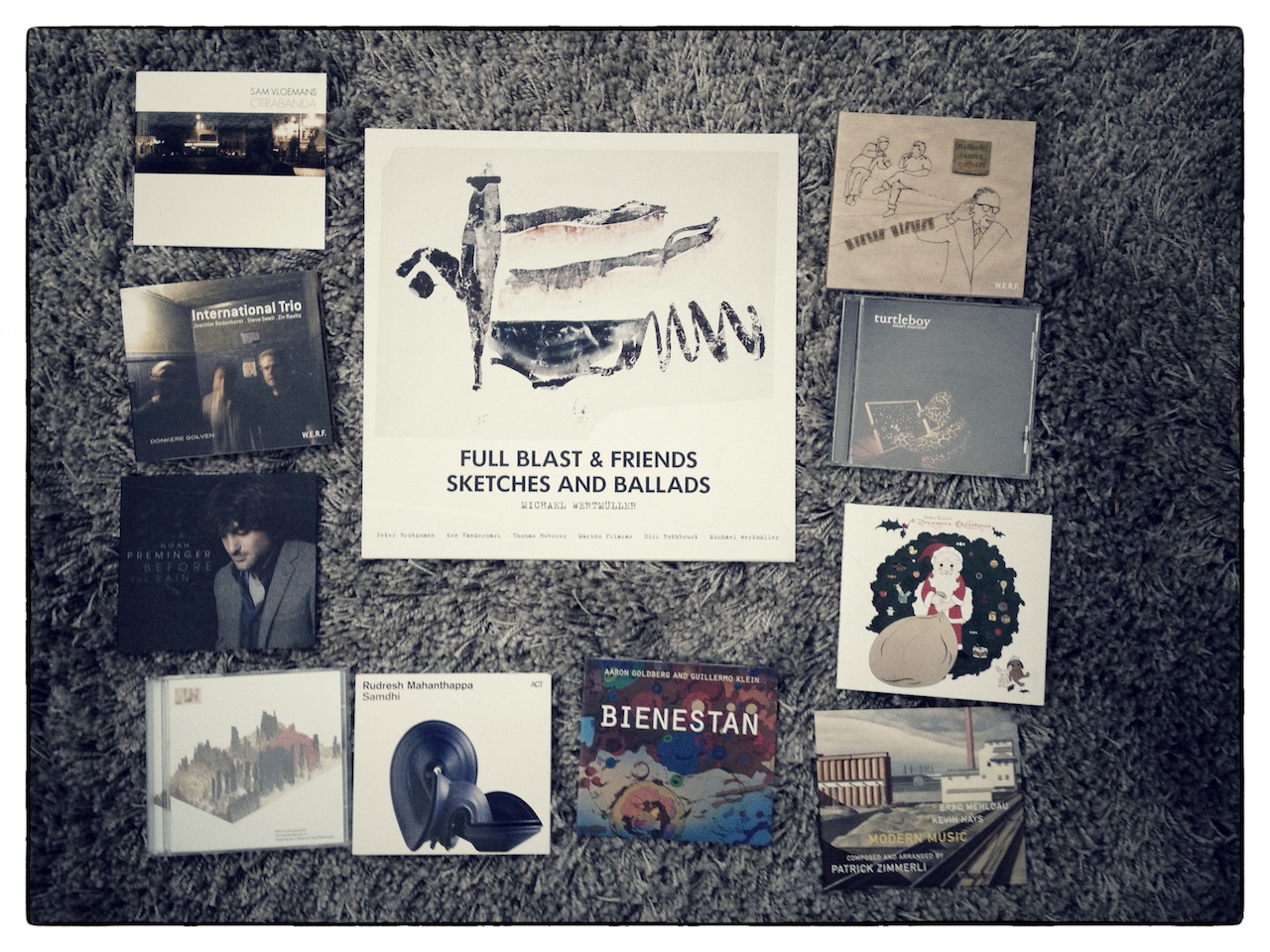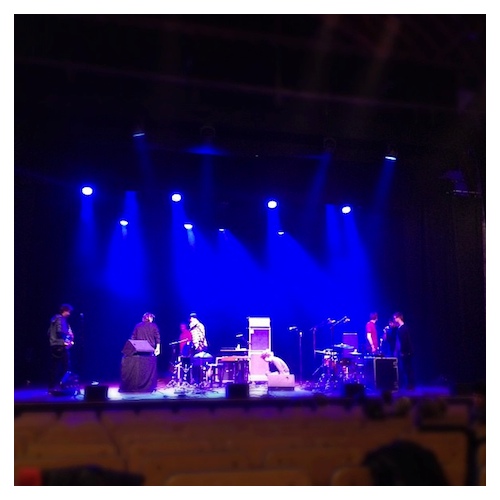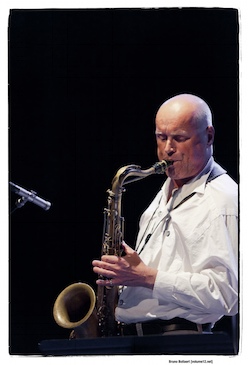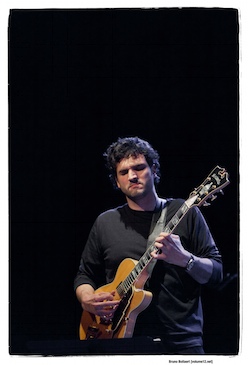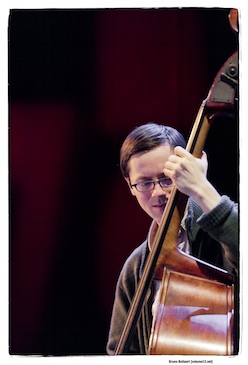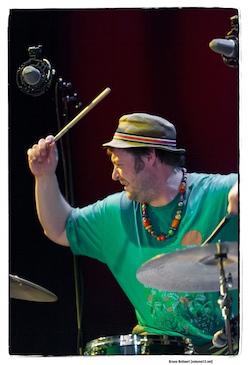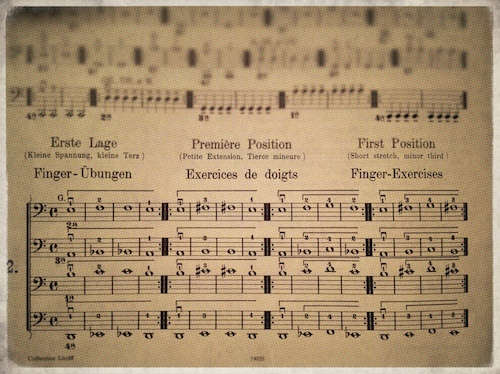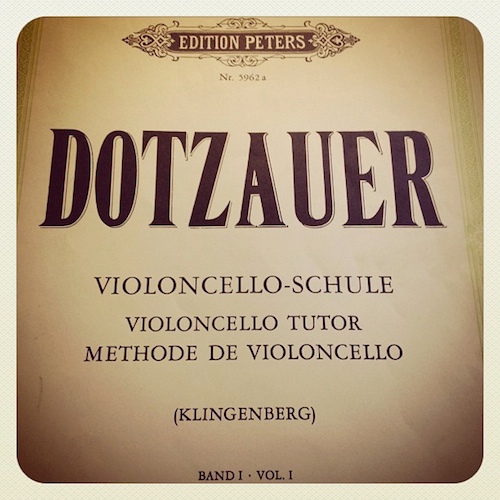Ergens had ik aan iemand nog wat meer beloofd uit dat boek van John Holt, Never too late (Da Capo Press, 1978, 1991). Vooral hoofdstuk 1 (A Week of Music), en hoofdstukken 10 (Playing and Learning) en 11 (Apple Hill) en de epiloog (Clearing a Space) zijn interessant. Een vorige keer haalde ik al een paar stukken uit het begin aan; hieronder volgen een paar citaten uit het laatste deel van het boek.
People are not all that worried about your musical problems and troubles, they have musical problems enough of their own. Play if you can, don’t if you can’t, but in any case, shut up.
[p. 193]
Dit is absoluut de waarheid. Toen ik begon in het orkest van de V.E.M., was ik bloednerveus, en al zeker toen ik voor de eerste keer een solo moest spelen –en er niks van terecht bracht. Geen kat heeft mij raar bekeken, laat staan uitgelachen. Er is geen enkele reden voor een angstaanval, dat had ik gelukkig snel door. Spelen in een orkest is niet alleen fantastisch an sich, het is ook een van de beste manieren om vooruitgang te boeken.
When a raw beginner looks at a piece of music, he sees groups of five lines and on them arrangements of little round dots and other marks. What they mean, what they would sound like, and how to make them on a cello, he hasn’t the faintest idea. The skilled cellist, looking at the same notes, knows: 1) The names of the notes, A, C, D, F-sharp, etc., 2) what key these notes are in, 3) if these notes make some sort of chord, what chord that is, 4) the musical intervals between the notes, that this note and that note are a third apart, or a fifth, etc., 5) the rhythmic pattern that these notes make, 6) what those notes should sound like, 7) where those notes are on the fingerboard of the cello –and they are all in more than one place, 8) the various motions of fingers, hands, arms, and bow –and there are many of these, some easier or more musical than others– that would produce these notes. He has built all of this knowledge so completely into his mental-muscular model that as het looks at these notes his ears hear them and his arms, hands, and fingers play them.
[p. 197]
1: check; 2: begint langzaam te komen, t.t.z. ik ken de volgorde waarin kruisen gaan voorkomen in de voortekening (fa – do – sol – re – la – mi – si; ik denk niet dat ik al een partituur met mi en si kruis heb gehad) maar ik weet nog steeds niet in welke toonsoort (key) die dan staan; 4: heel passief; 5: check; 6: in verhouding tot elkaar wel; 7&8: op de sax, niet op de cello
Of course, if I now have to play a piece in a key with many flats or sharps, I first have to play some scales in that key to “teach” my hand where to go on the fingerboard. When I first tried to play a piece in the key of E (four sharps), I began by thinking in the key of C, and trying to remember each time I had to make a note sharp. This was very hard, as hard as it would be for me now to try and play atonal music. After struggling with this for a while I thought, maybe this would be easier if I learned to play the scale in the key of E –and it proved to be so. Soon the hand knew where to go.
[p. 206]
Op de cello kan ik dit nog helemaal niet toepassen (ik zit aan les 4 ondertussen), en op de sax pas ik dit passief toe.
But crucial as technique is, and elusive as is its mastery, you don’t get picked for the Chicago Symphony because you can hit the right notes. That’s where interpretation, or “musicianship” comes in. How to taper a phrase or stress a note. How to convey the nuances of feeling no musical notation can fully represent. How to breathe life into a score written for another time and place…
[p. 213: Robert Kanigel citeert Robert Pierce]
Daar is nog veel werk aan. Ik ben al blij als ik in mijn enthousiasme de op de partituur gemarkeerde overgangen van ff – f – mf – mp – p – pp niet uit het oog verlies.
Even in music there are things I will have to give up. For years I have been exploring the world of music through recordings […] I have tried to hear as much as I could […] In these searches I have listened to a lot of bad music, but I have also found much treasure, beautiful music that most musicians have never heard or often even heard of. Turning up these gems, and telling other people about them, has been one of my greatest pleasures. But I am beginning to see that more and more I am going to have to choose between playing and listening. I can’t explore all of music can’t even hear all that has been recorded; it would take lifetimes. To produce more music, I am going to have to consume less. I already consume less than I used to, but I will have to cut down still more. This will be hard, as hard as for many people to cut down or give up TV or smoking.
[p. 238]
Dit manifesteert zich steeds meer. Ik probeer zoveel mogelijk van de televisie weg te blijven, maar het is moeilijk om minder naar muziek te luisteren. Het klopt natuurlijk helemaal, wat Holt schrijft. En al zeker als je meer dan één instrument speelt. De oefeningen voor cello zijn momenteel nog uiterst beperkt, maar dat neemt met elke les toe.
